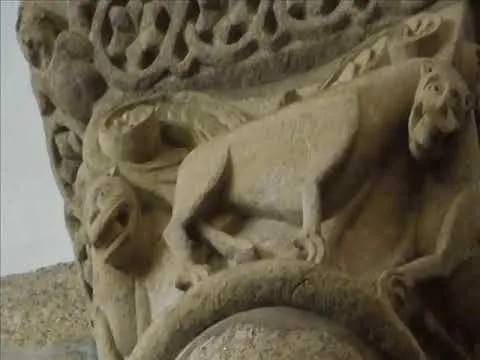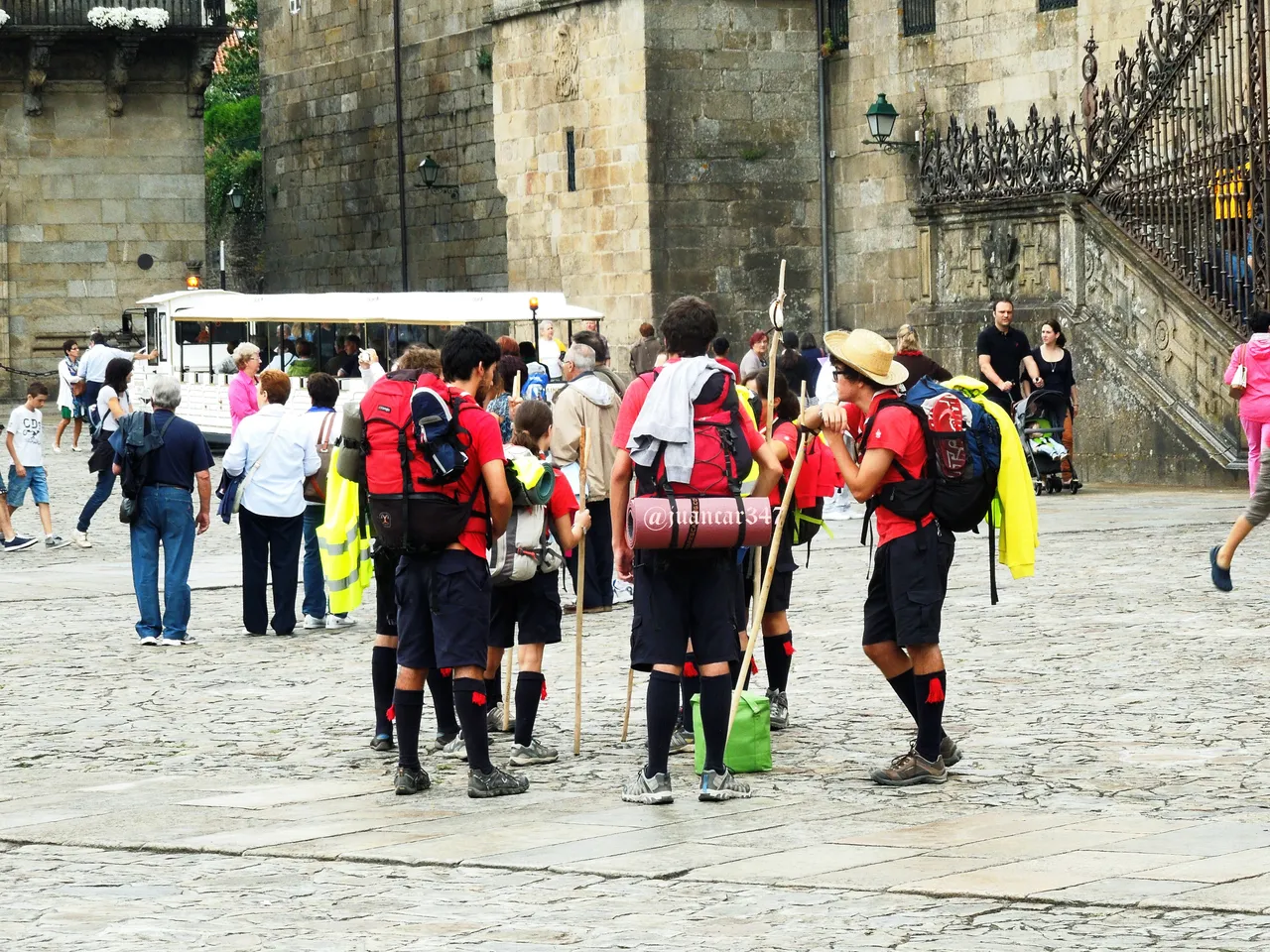
Without a doubt, it is no longer so, but when it was invented - or rather, when the Way was reinvented, since these and the pilgrimages are as old as the world - Santiago and its cathedral were the goal of a very special journey; a dangerous journey, but also fantastic and transcendental, whose vicissitudes set in motion again the spirit of a high medieval West that still shuddered in the darkness after the fall of the Roman Empire, the uncontainable advance of the Muslim cavalry and the unstoppable dread towards a world holocaust or end of the world, which was ominously predicted with the approach of the end of the millennium.
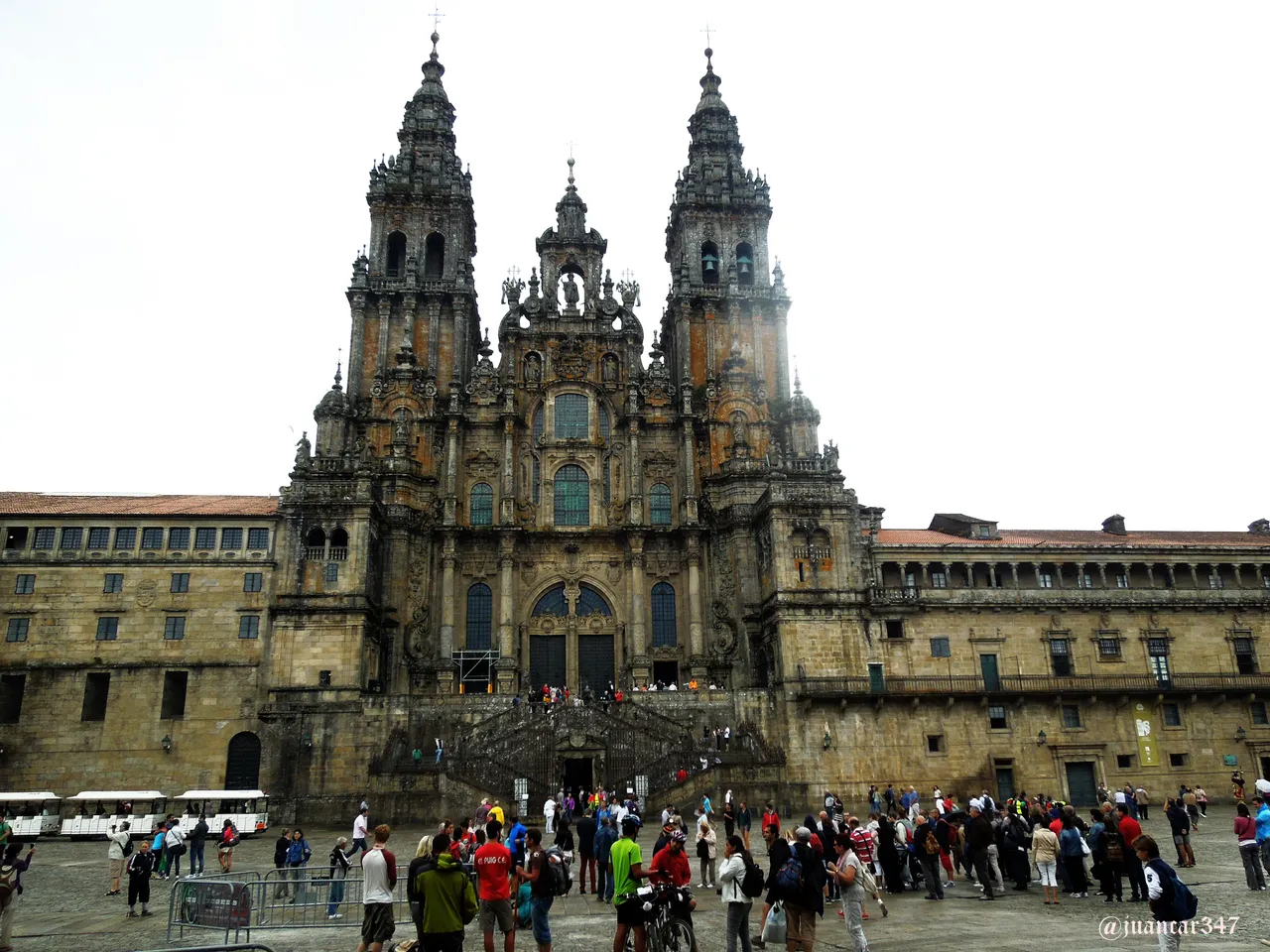
By land, generally, but also through that sea -barrier, for the superstitious mentality of the people of the time, but master, comparatively speaking, whose waves deposited on the beaches and coasts part of a Knowledge that would soon become legend and worship, including the wonderful arrival of the Apostle's own remains in a stone boat, to achieve, with his presence and devotion, light a third bonfire, which would soon become one of the most important lights of Christianity , along with those of Rome and Jerusalem.
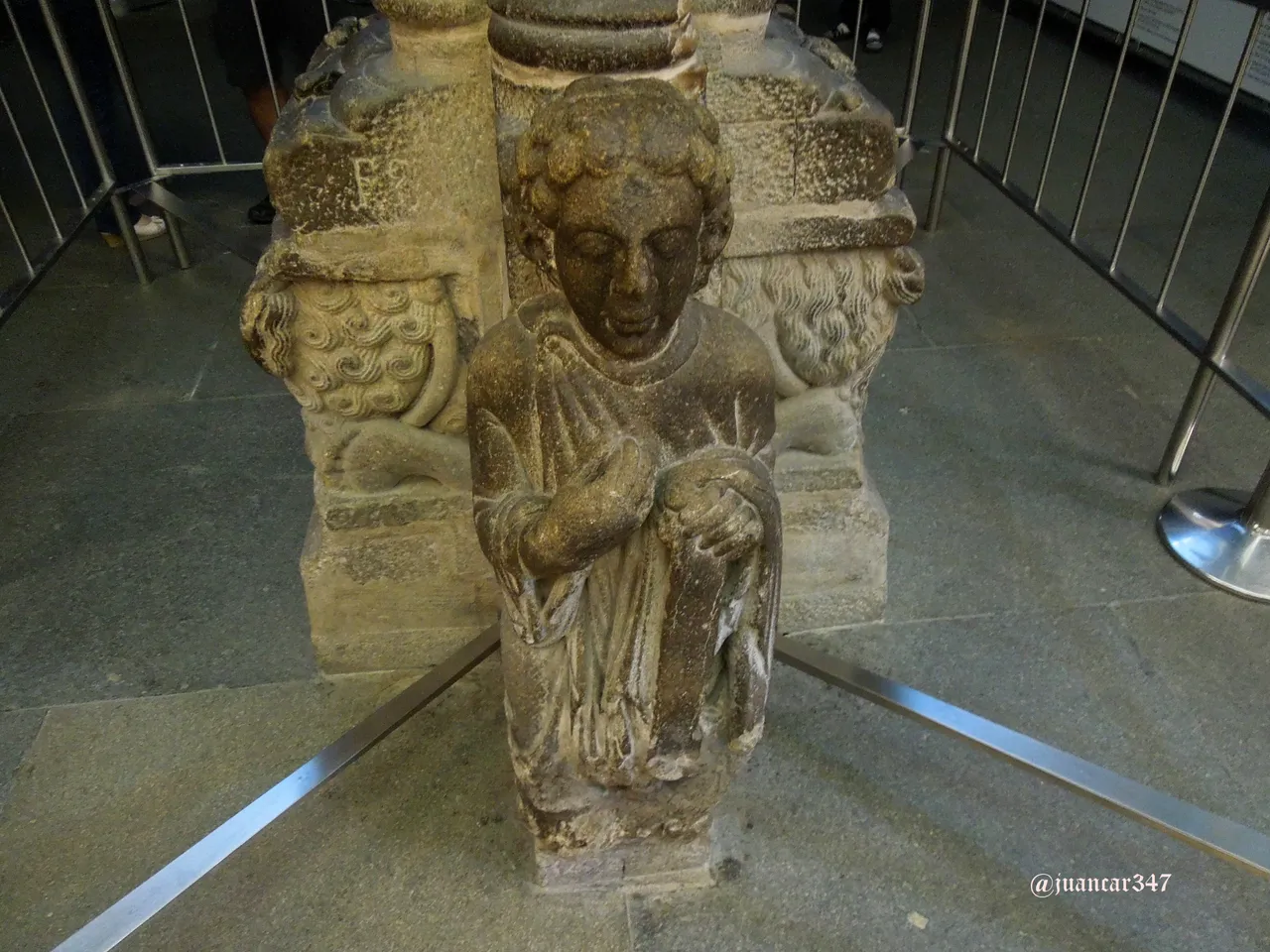
But Compostela and its cathedral are, of course, much more than a simple and cold study referred to stylistic, statistical and artistic areas, which have been nourished and expanded over time as a huge and monumental mechanism. Nothing remains, for example, of that first church built by the first known historical pilgrim - King Chaste, Alfonso II -, hardly known the news of the discovery of the sacred remains.

Little or nothing we know of the main architects that took part in the construction of the foundations that we see now, except that masterful Master Mateo, to which all the world makes reference at present, was considered, until relatively recent times, as an obscure architect of the Court of King Ferdinand II of León; or that another of the great masters who intervened, Maestro Esteban, is better known for having intervened in the execution of the cathedral of Pamplona, than for the Puerta de Platerías of the Compostela cathedral that is attributed to him, not being even mentioned by Aymeric Picaud in his famous Codex Calistino.
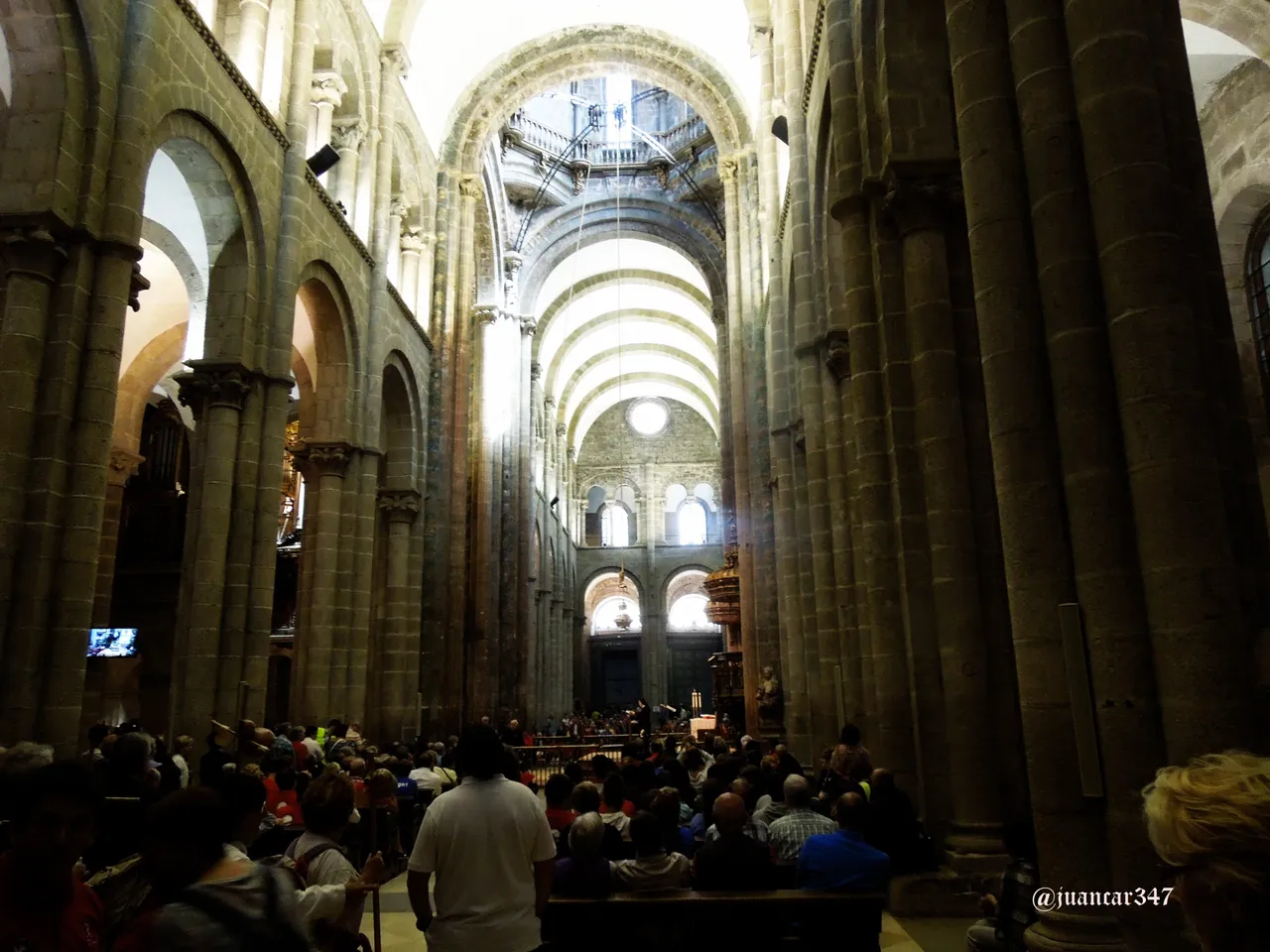
A Path and a History that, a millennium later, reawakens passions and the attention of thousands of pilgrims who move painfully towards that primitive Campus Stellae following the course marked by the stars.
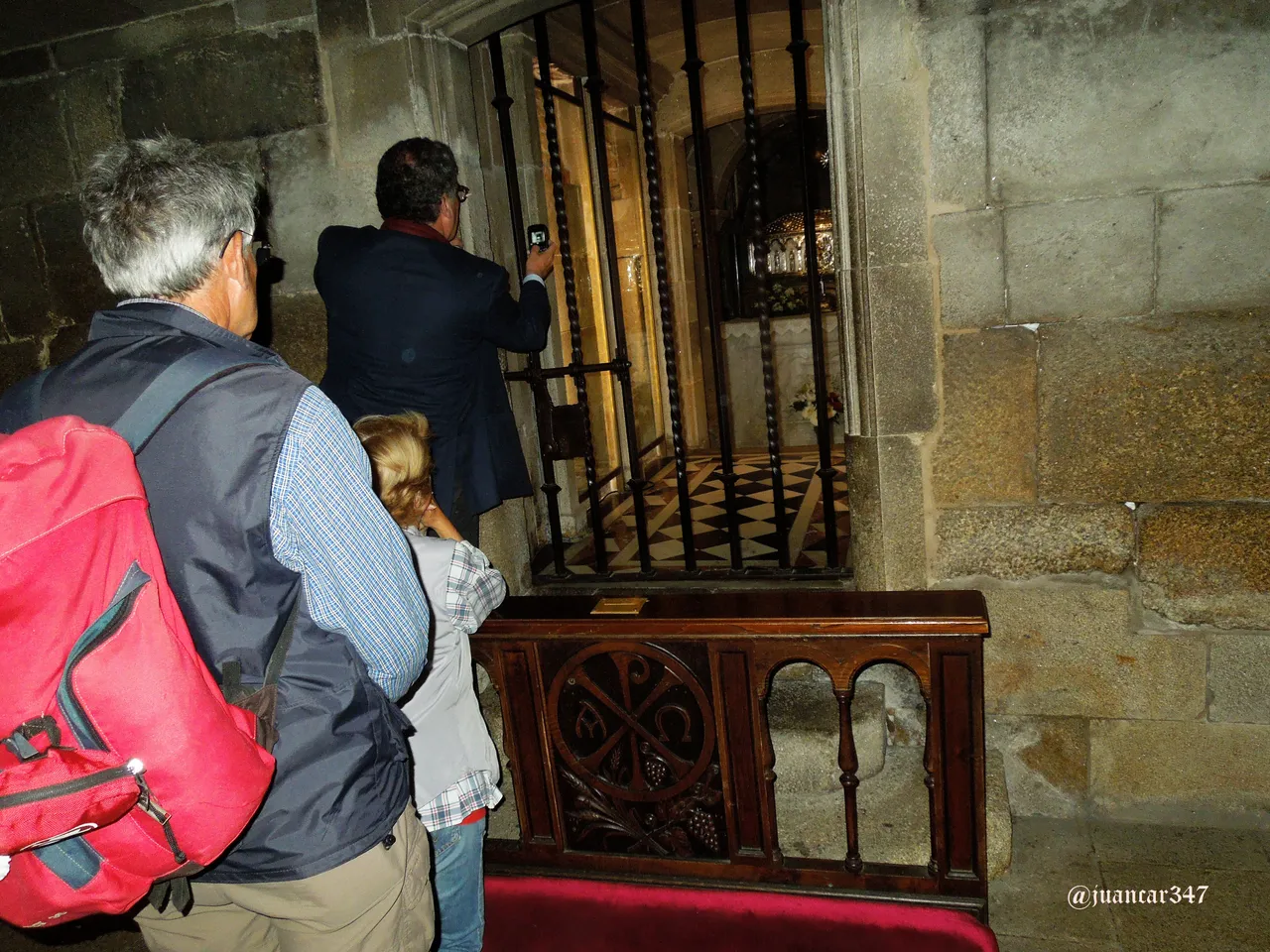
Speaking of Compostela and its cathedral, dedicated to the controversial figure of the Apostle Saint James, the Son of Thunder - like Thor, that combative Norse god who worshiped the same Normans and Vikings who continuously ravaged the Galician coast -, is to speak, by default, of History and Spirit; of characters and mysteries; of chronicles and legends; of miracles and battles; of devotion and picaresque; of the cult to the old lares of the roads; of the Finis Terrae, extending the ancient route of the Celts and other peoples of Antiquity. In short: of a Path of learning and suffering. But above all, of a Way of Faith.

There could be no better colophon for this short, but I hope that interesting trip through the Romanesque and the history of one of the most unique Galician communities, such as La Coruña.
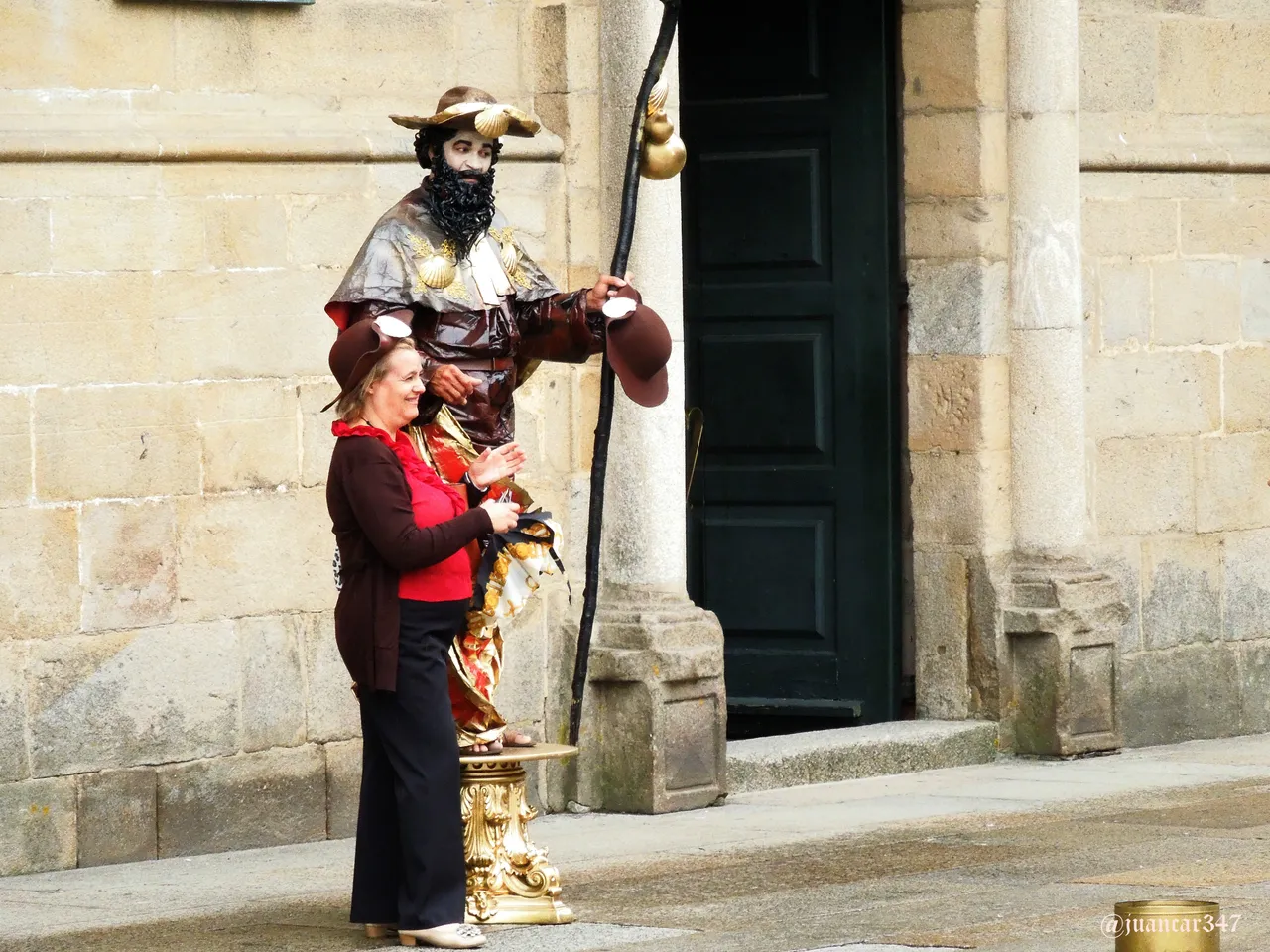
Related movie:
NOTICE: originally published in my blog ROMÁNICA, ENIGMAS DEL ROMÁNICO ESPAÑOL, although the video and photographs are unpublished in Steemit. Both the text, photographs, and video (except music, reproduced under a YouTube license) are my exclusive intellectual property. The original entry can be found at the following address: https://juancar347-romanica.blogspot.com.es/2015/03/la-catedral-de-santiago-meta-de.html
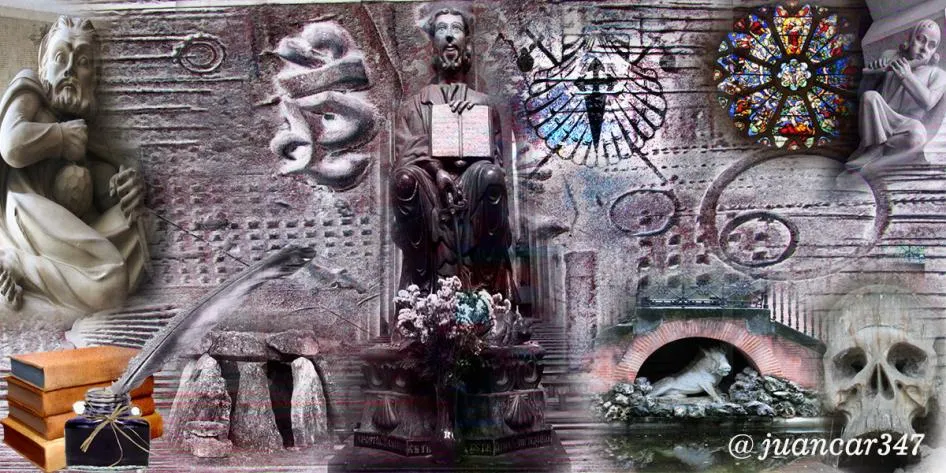
designed by: @txatxy

